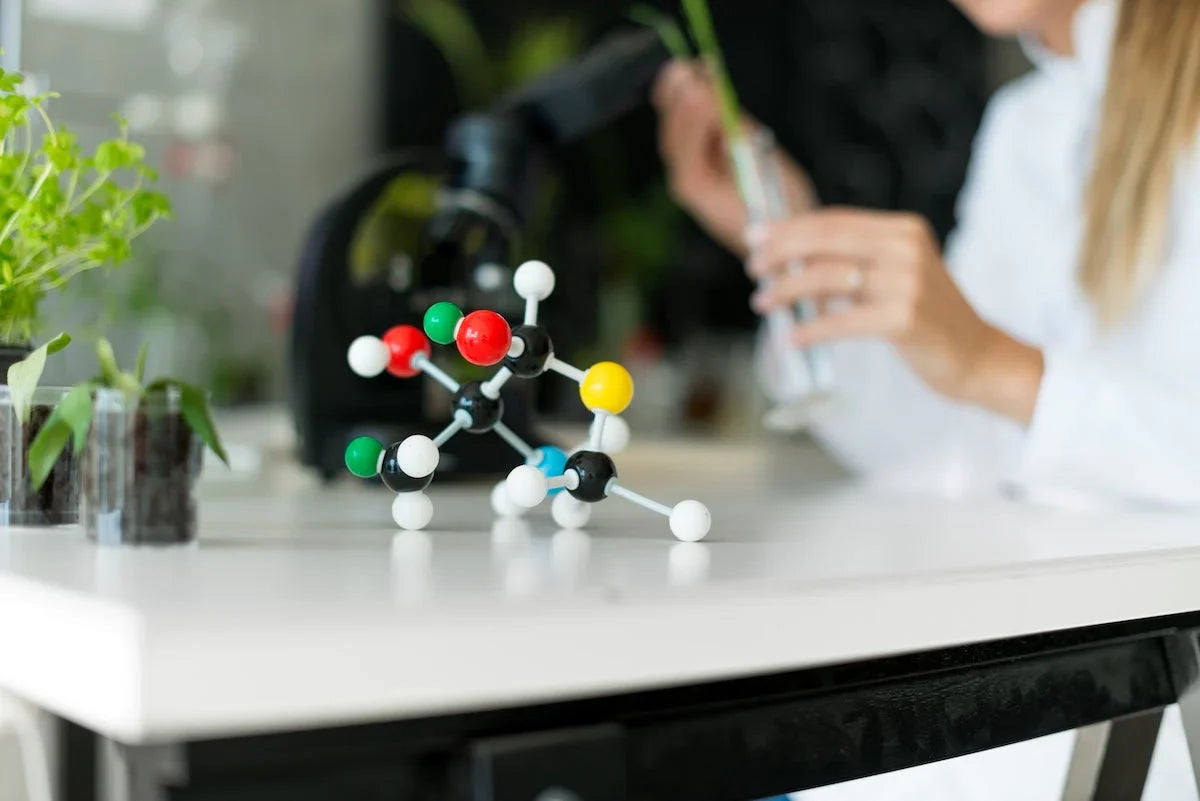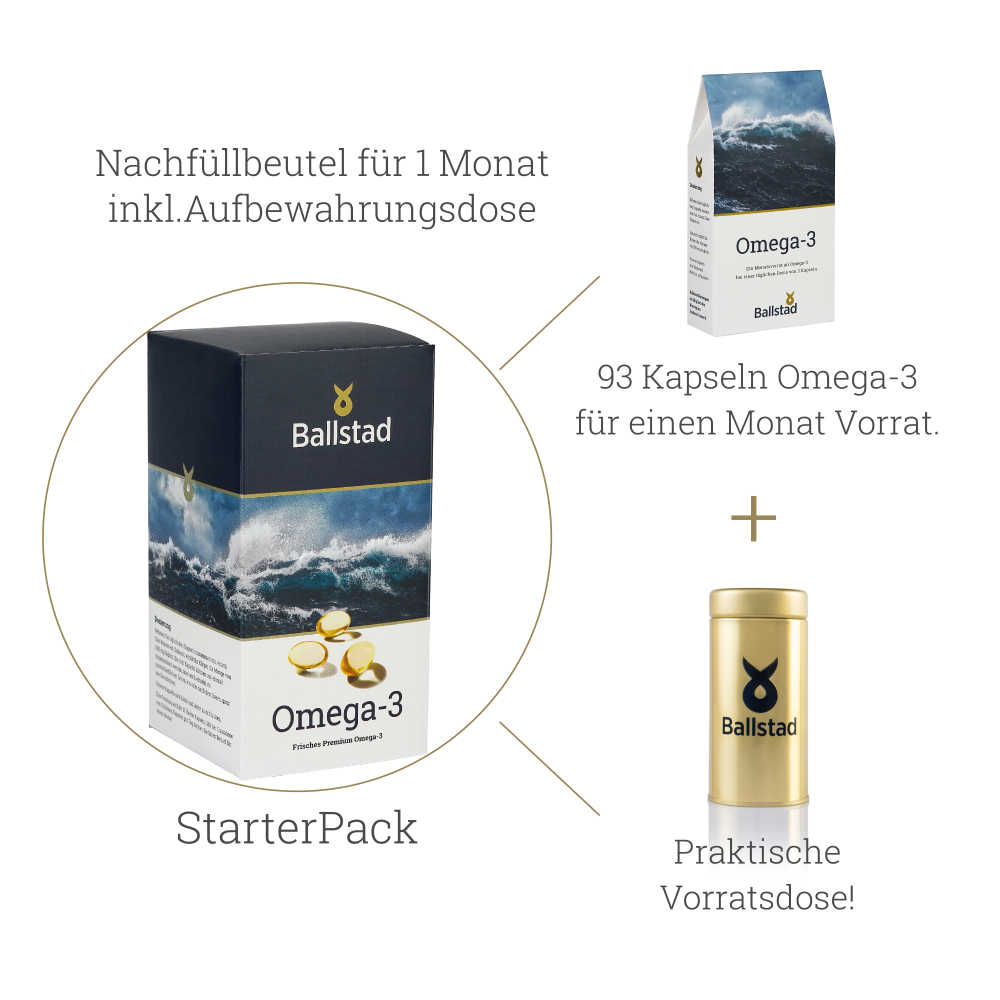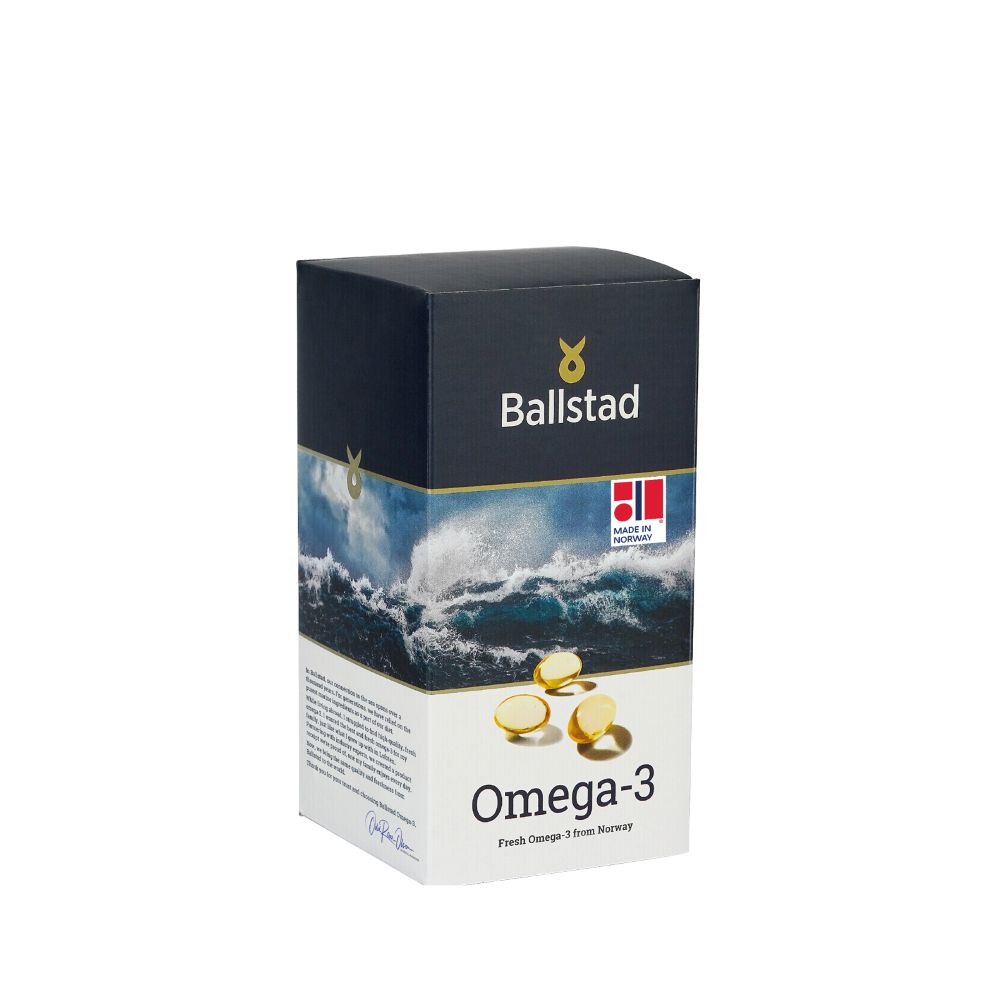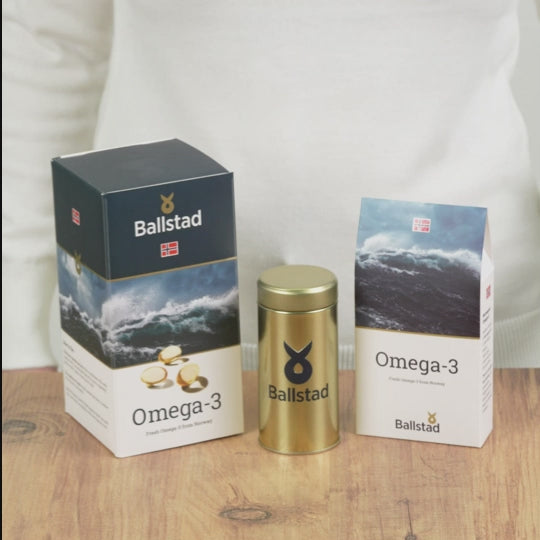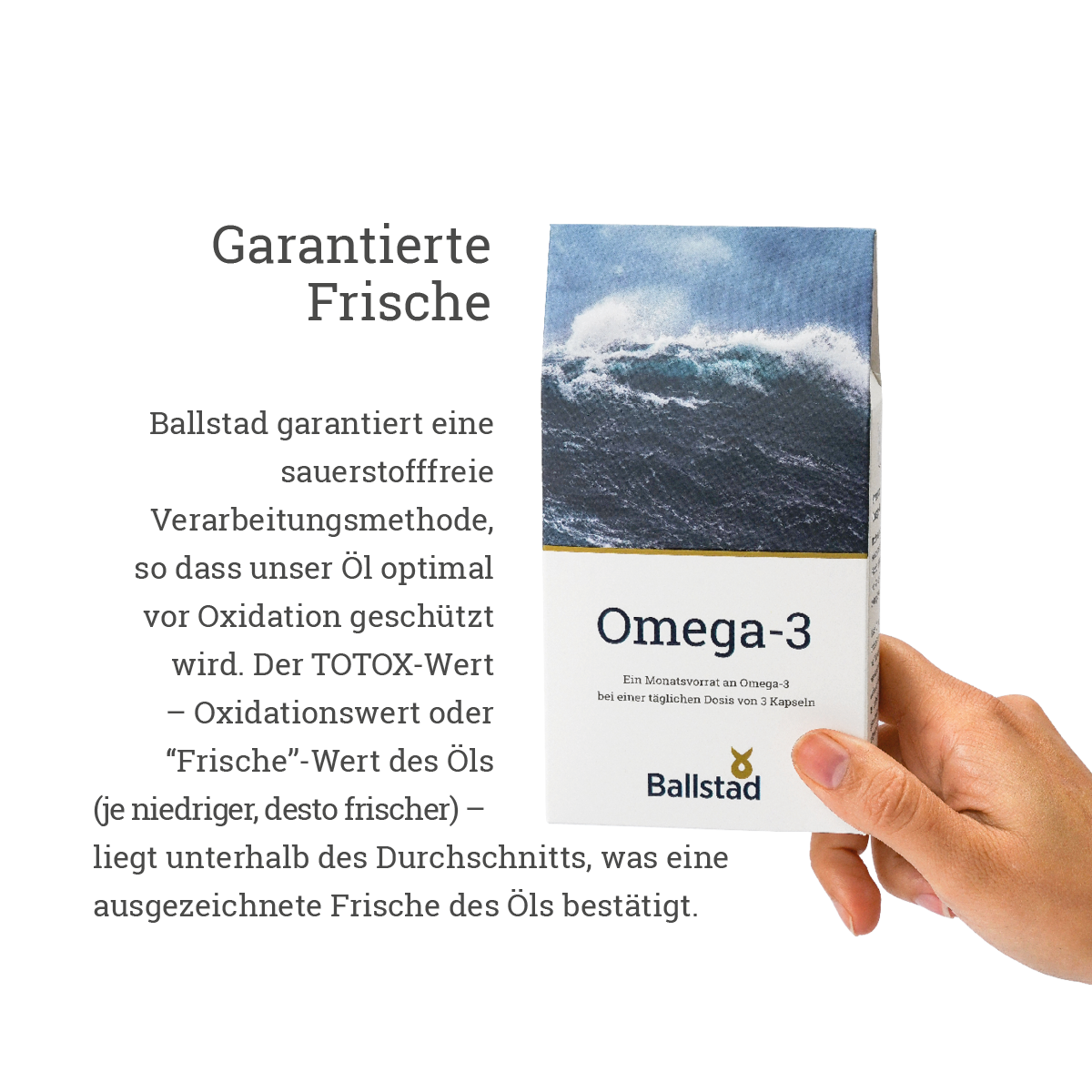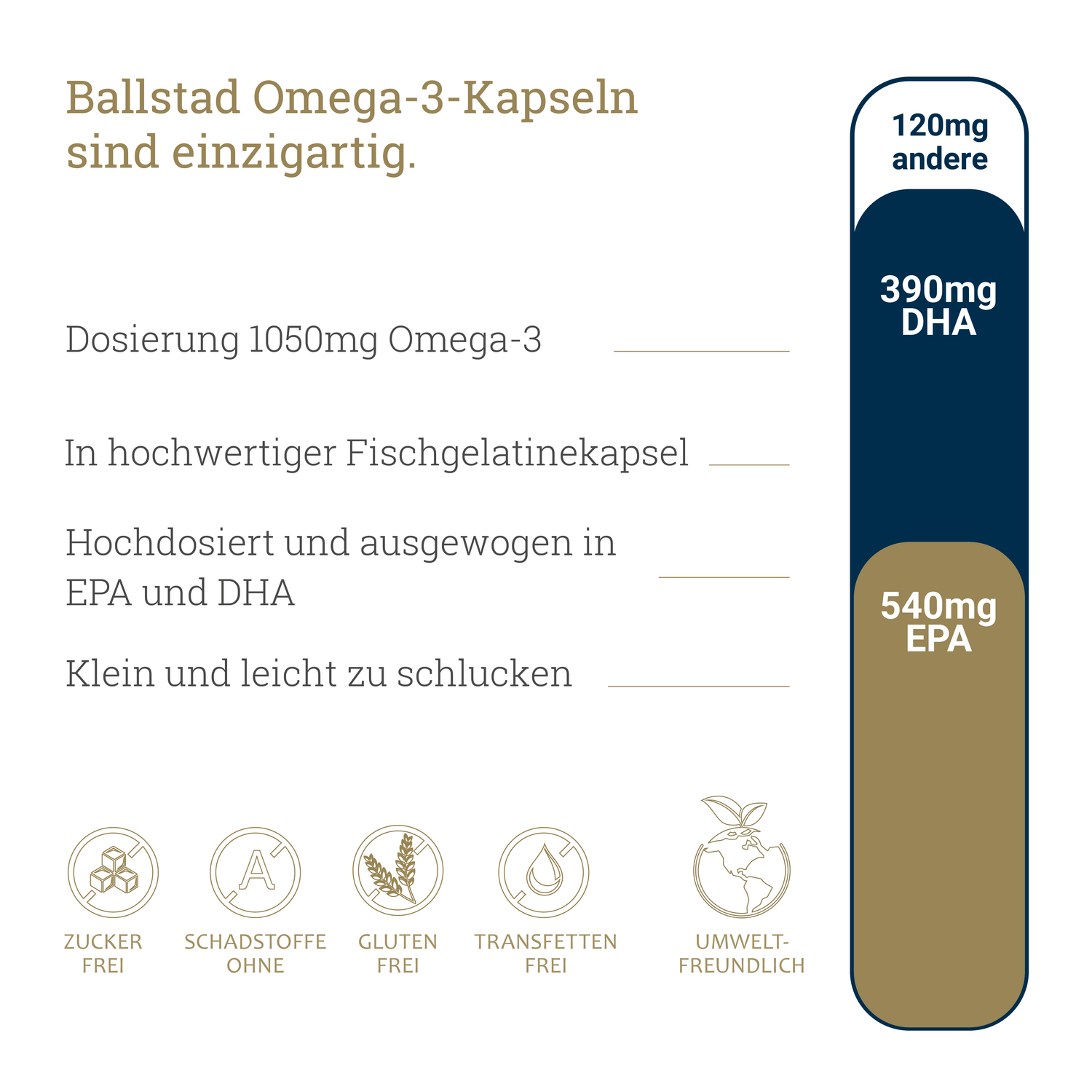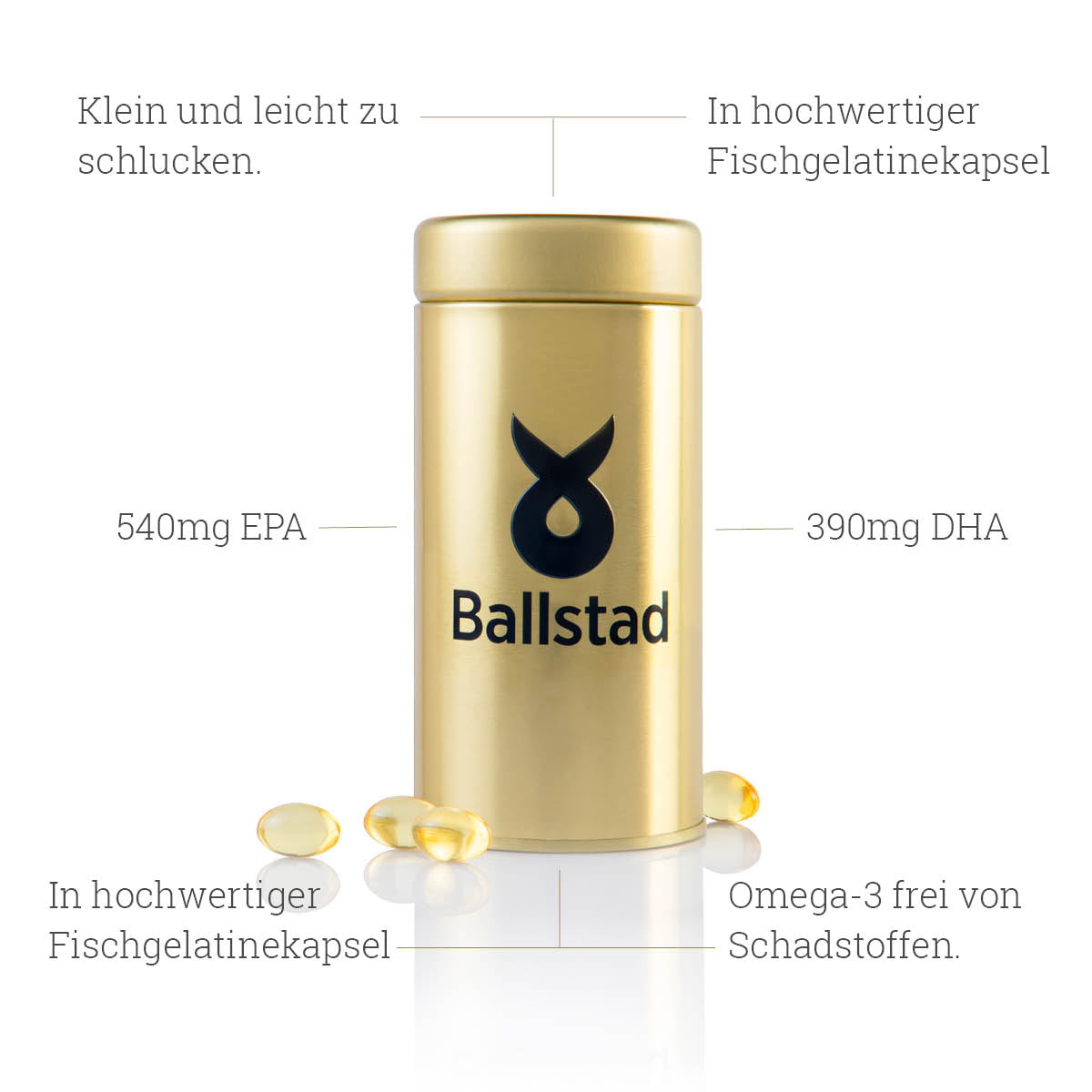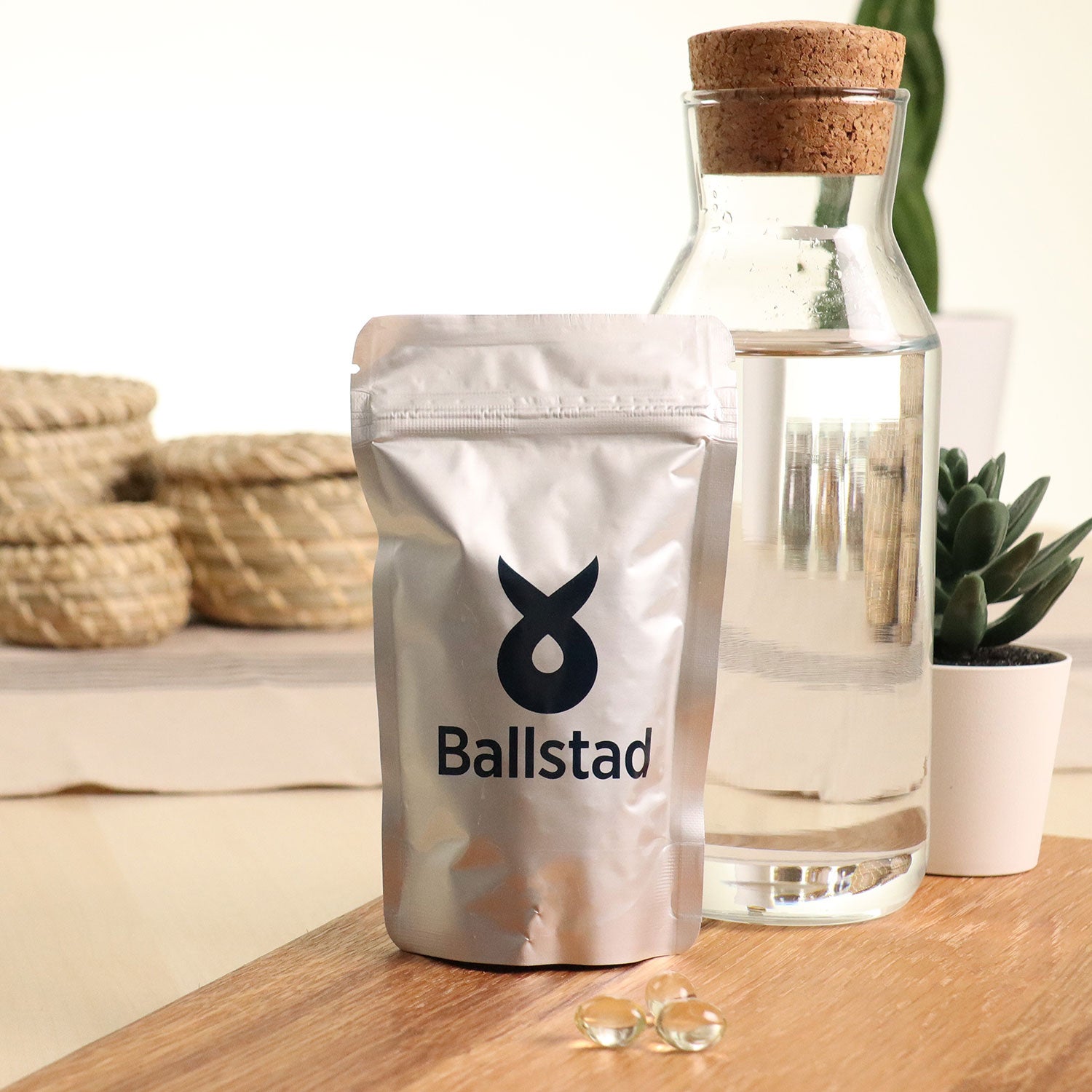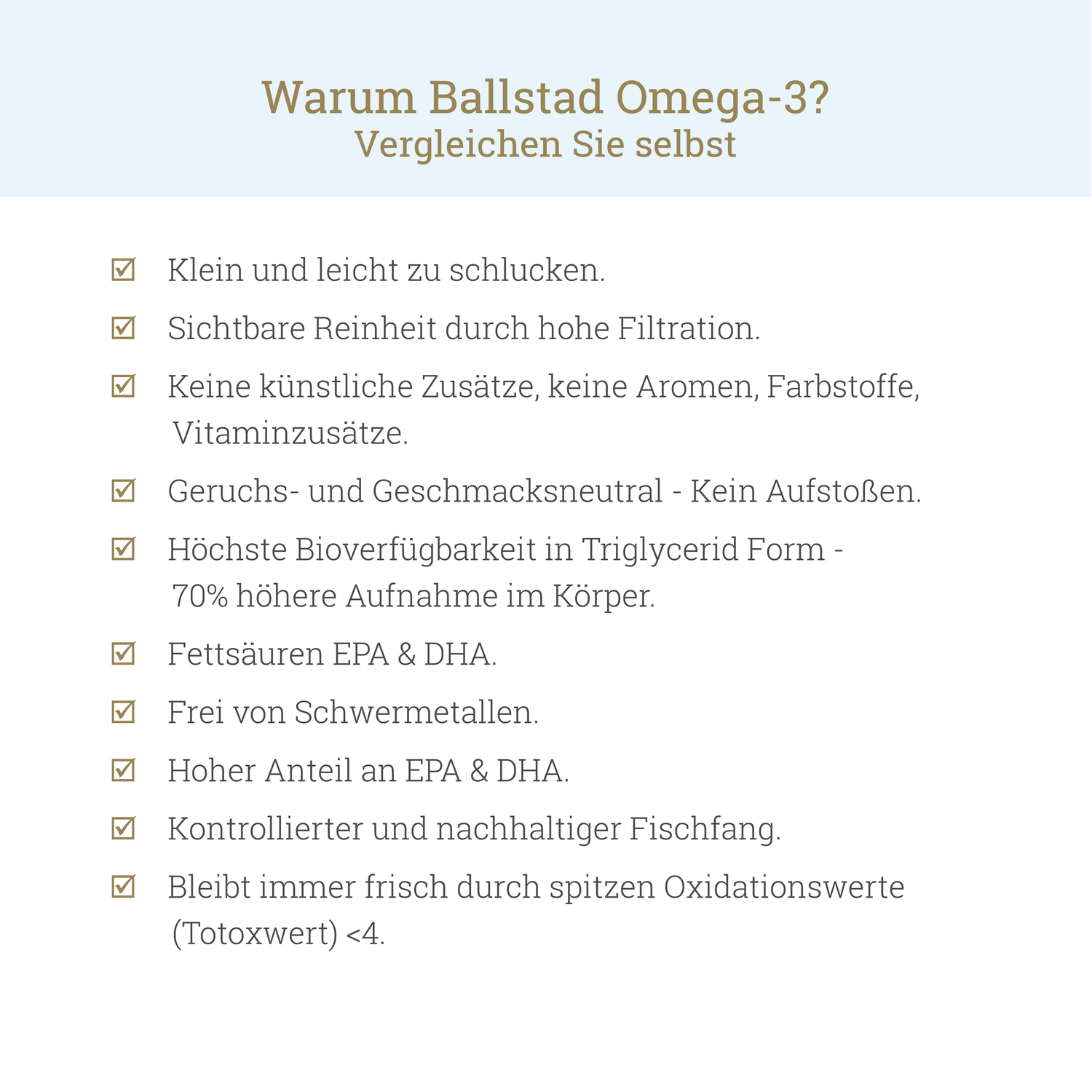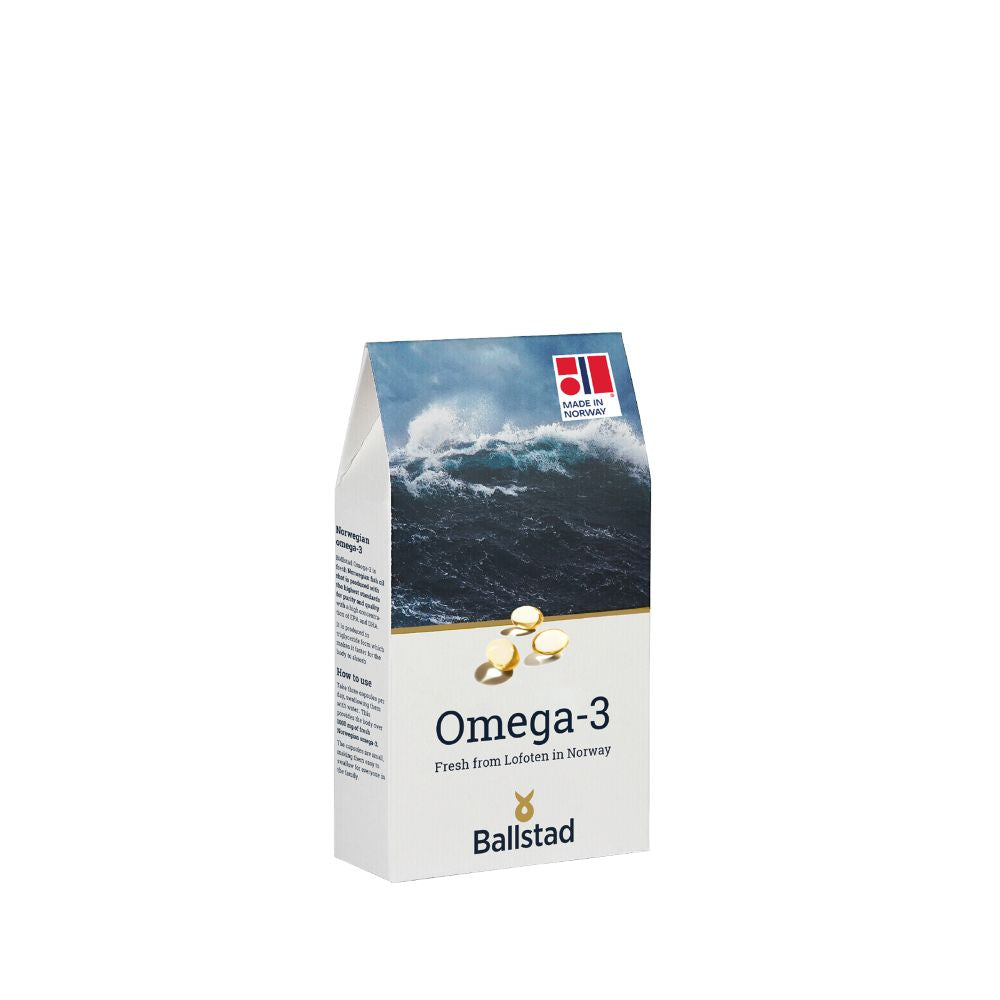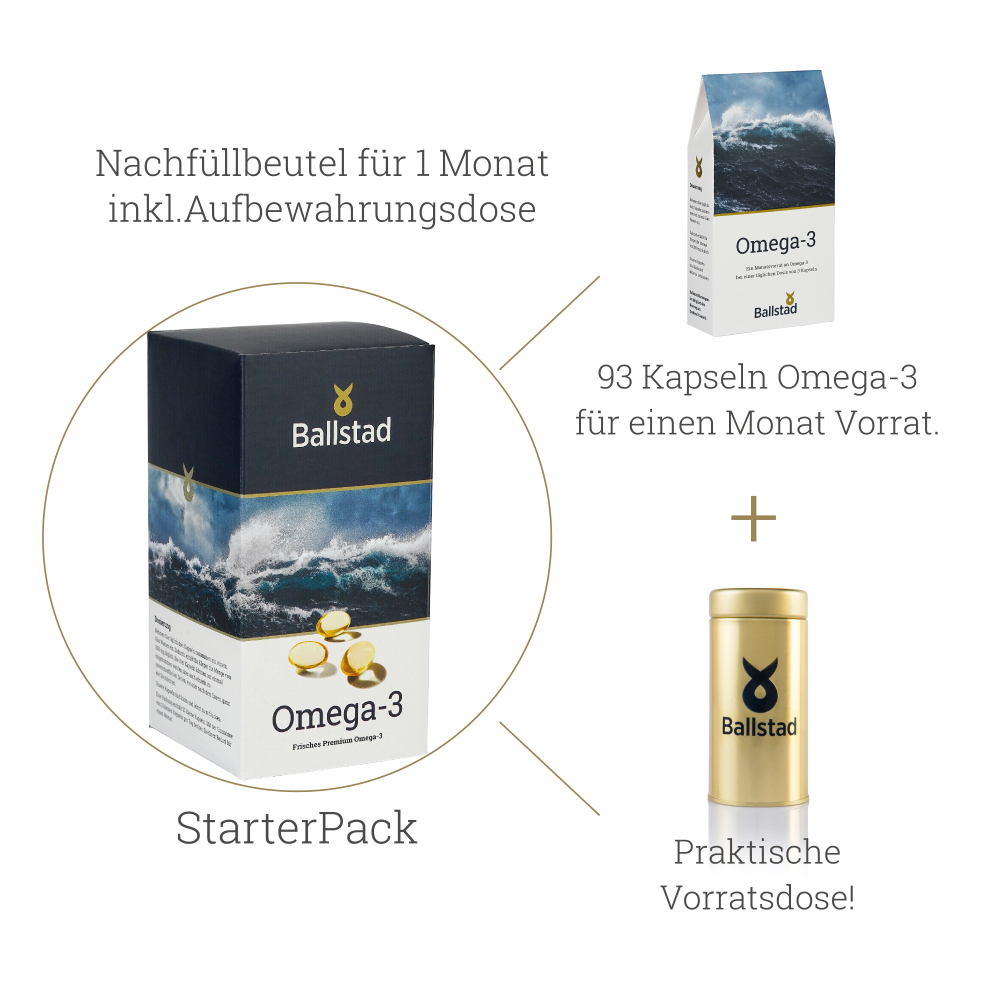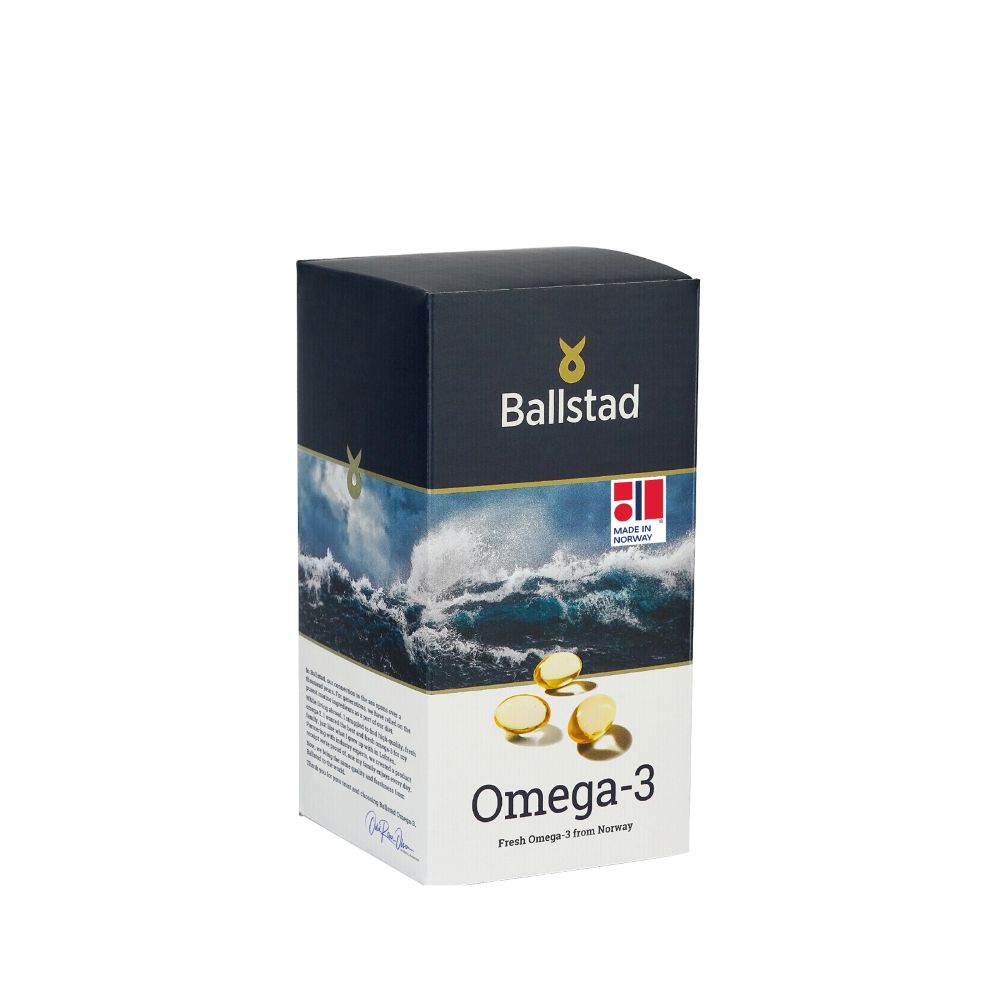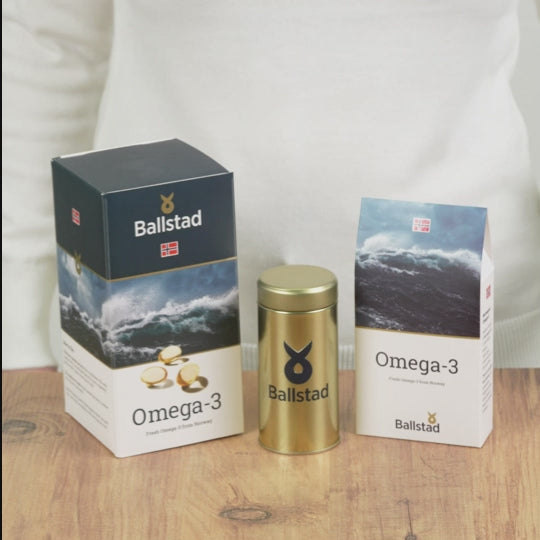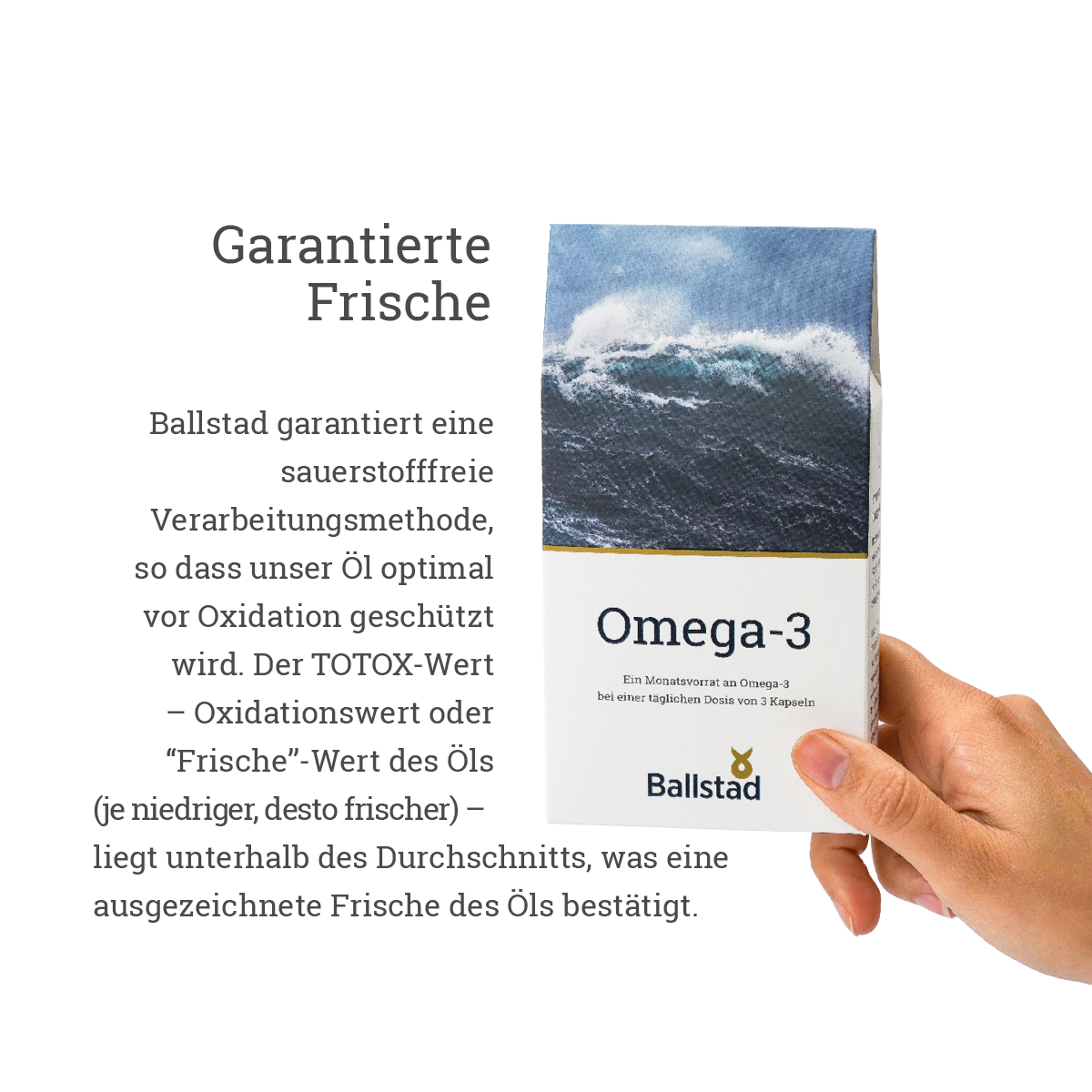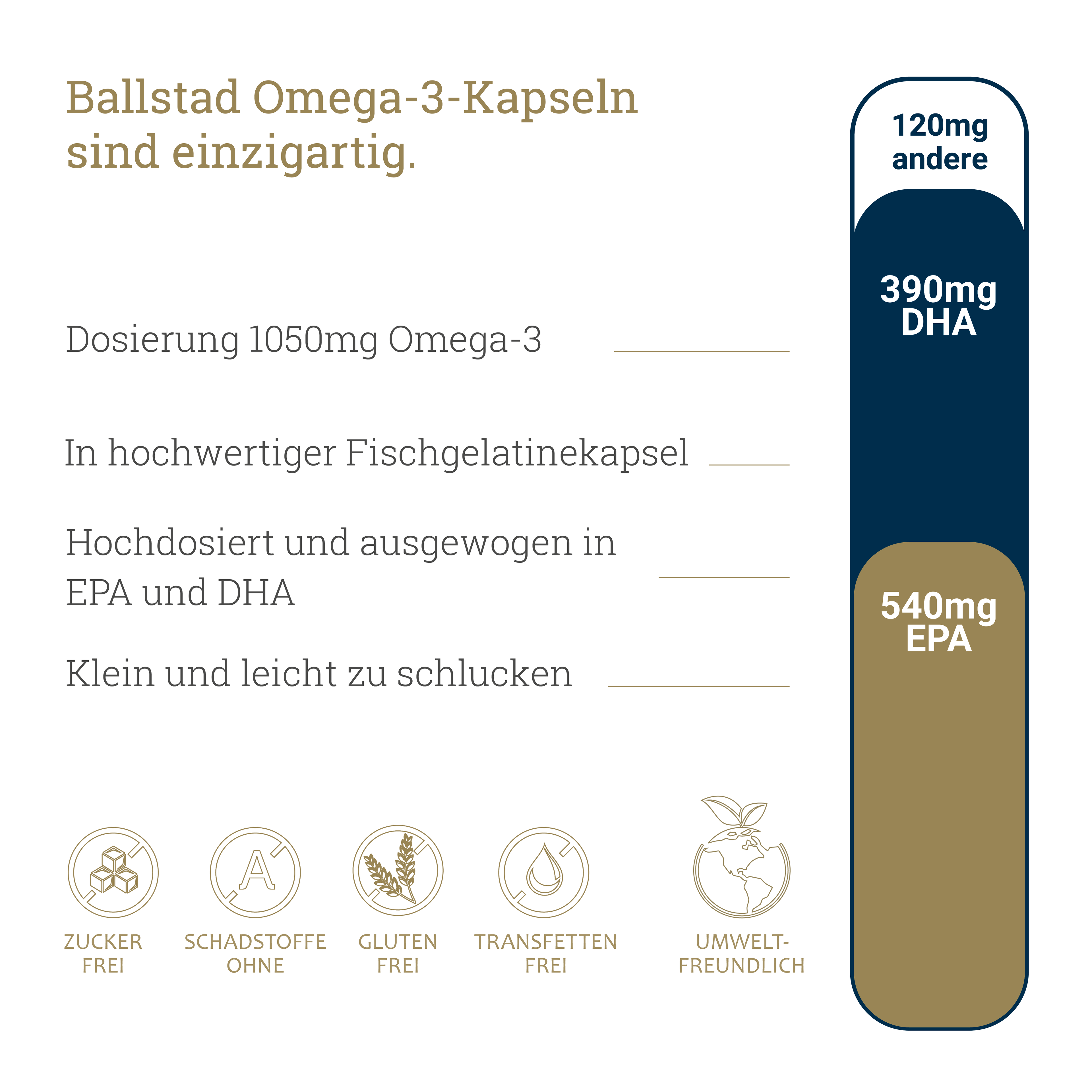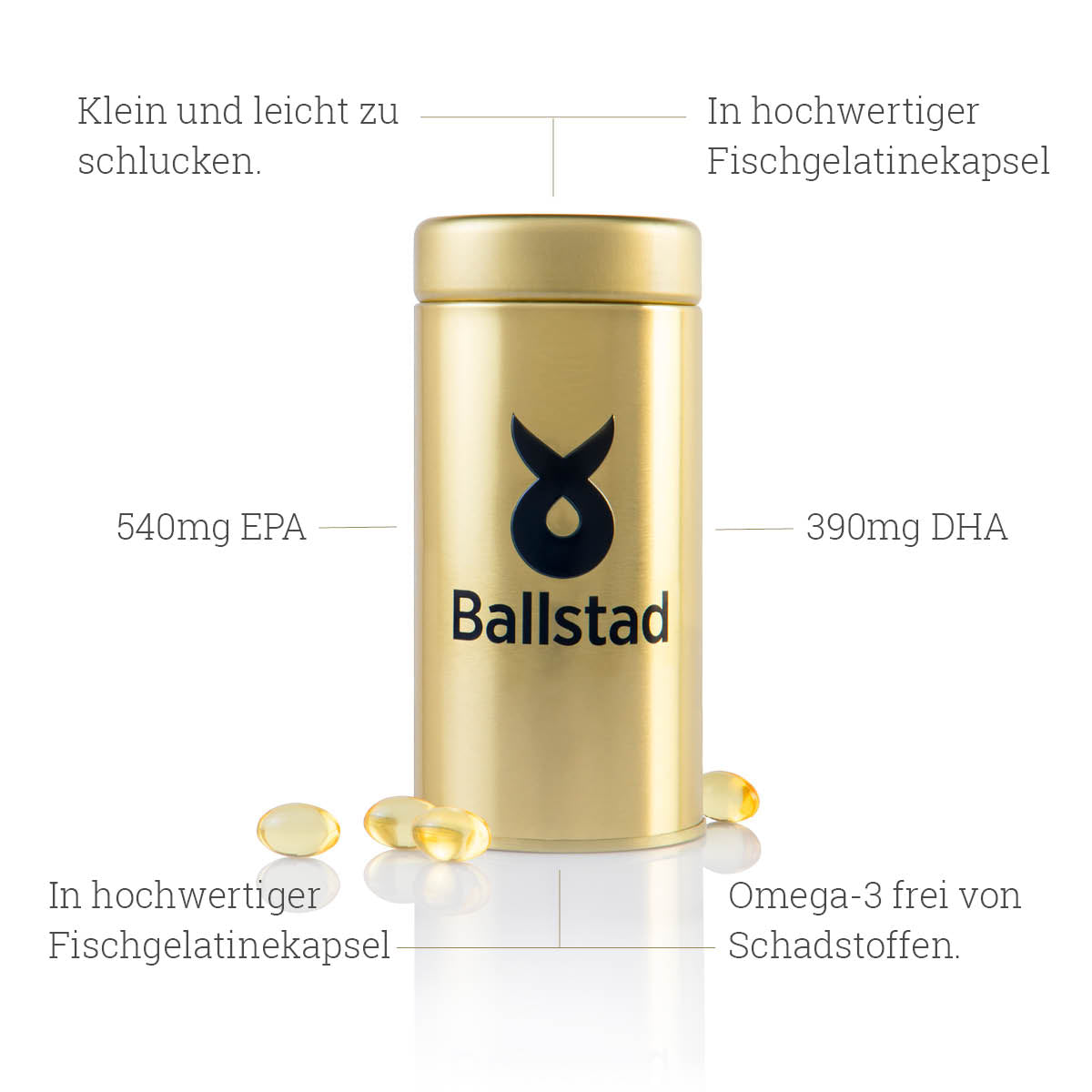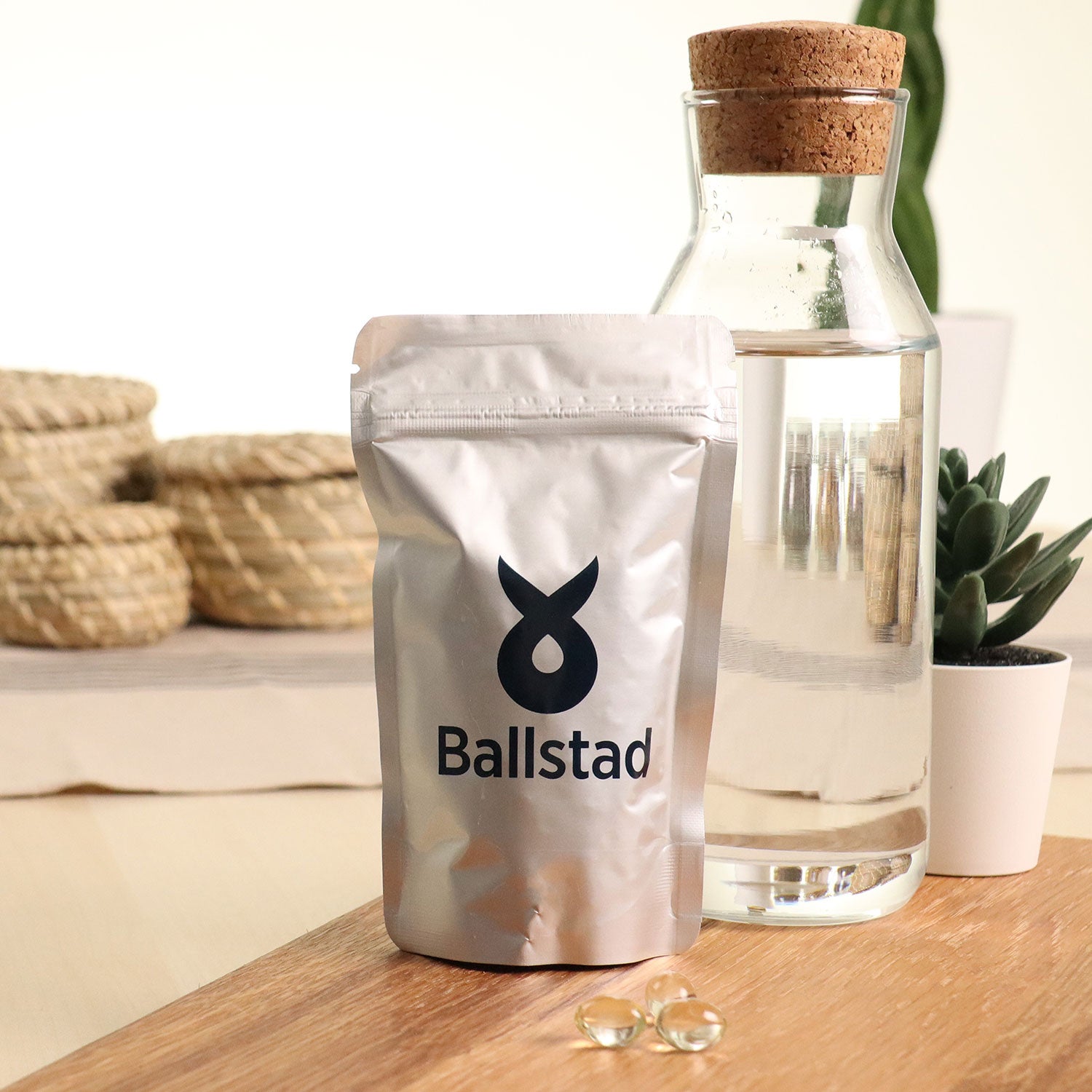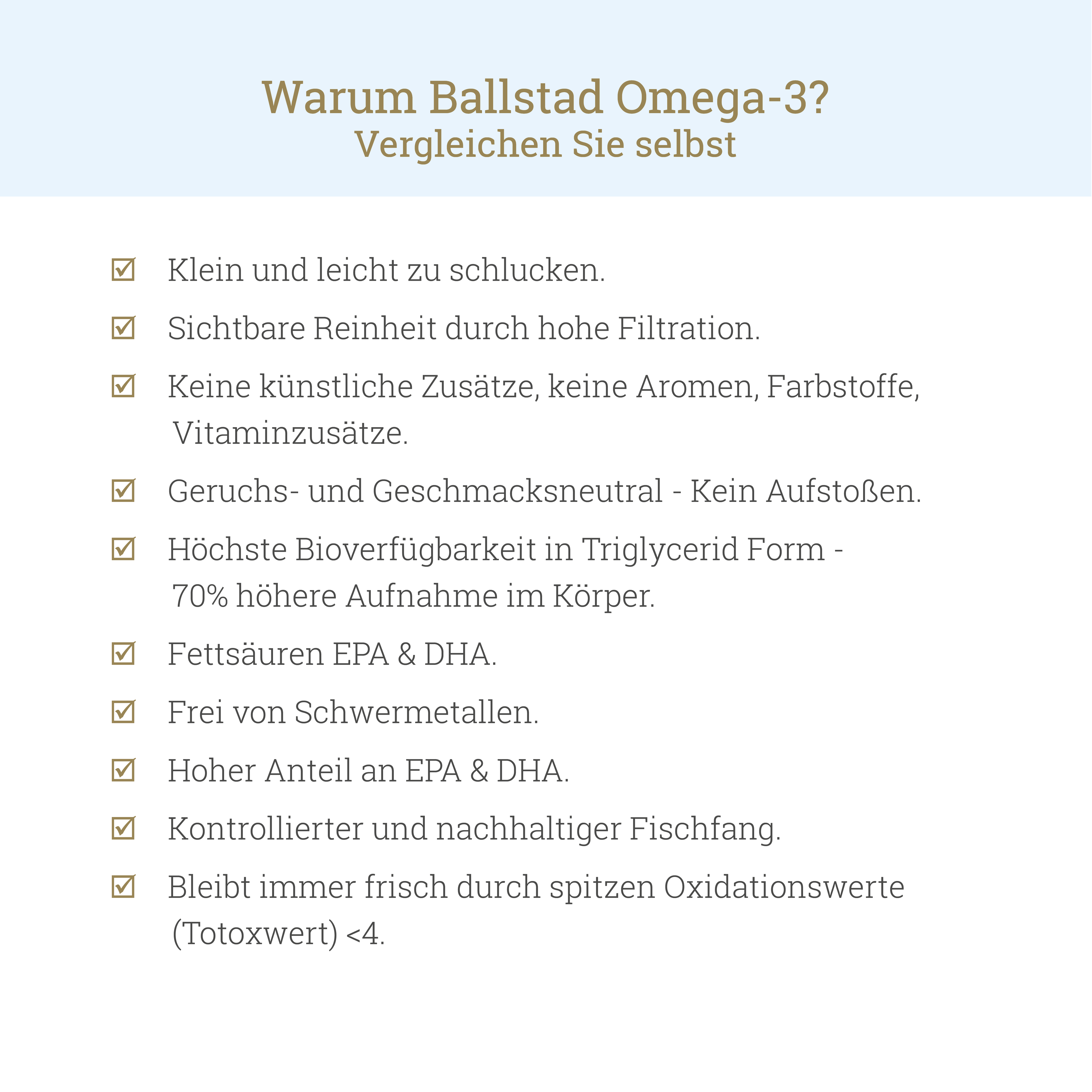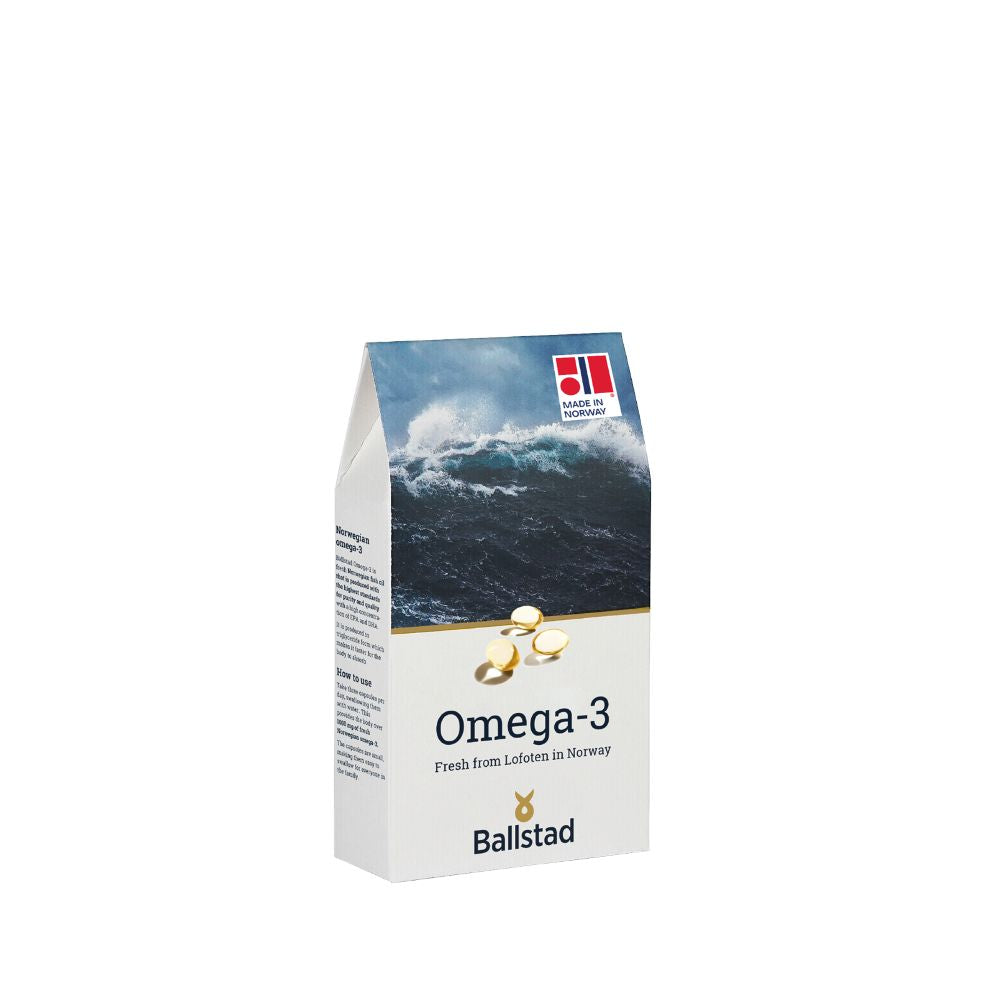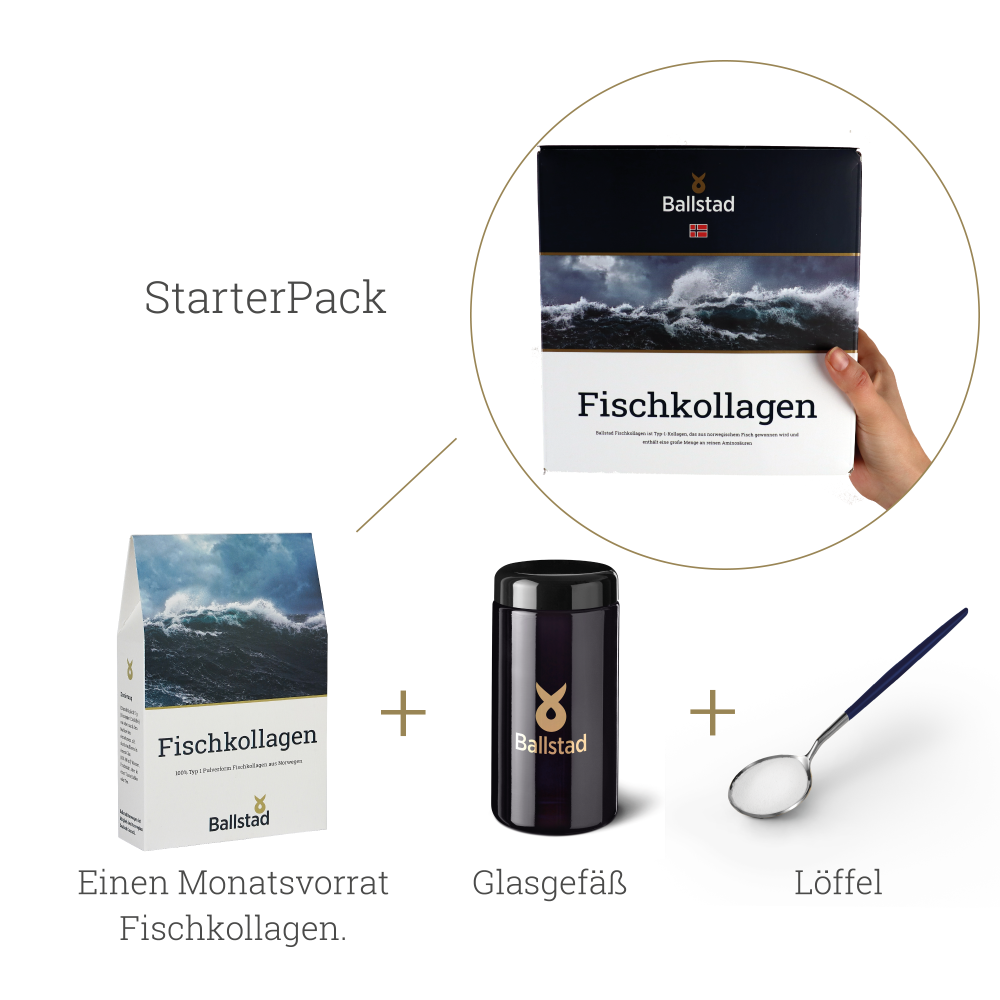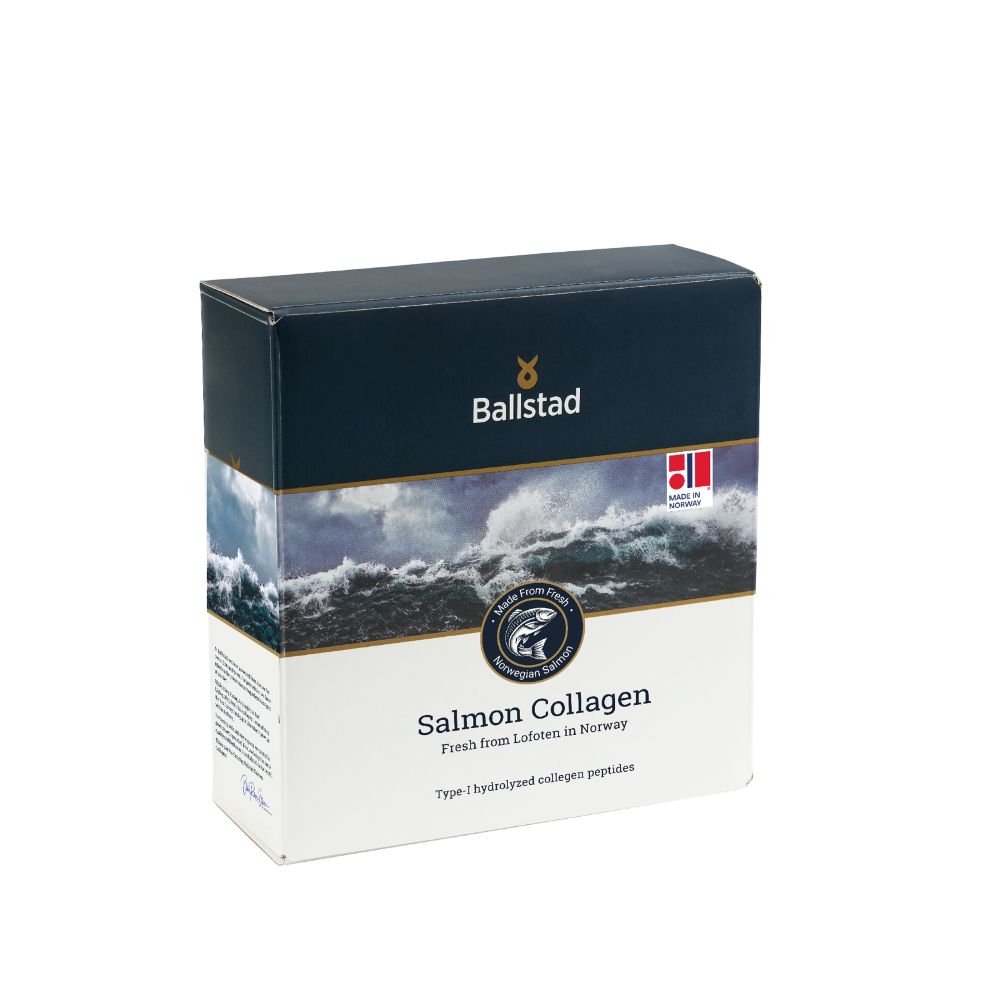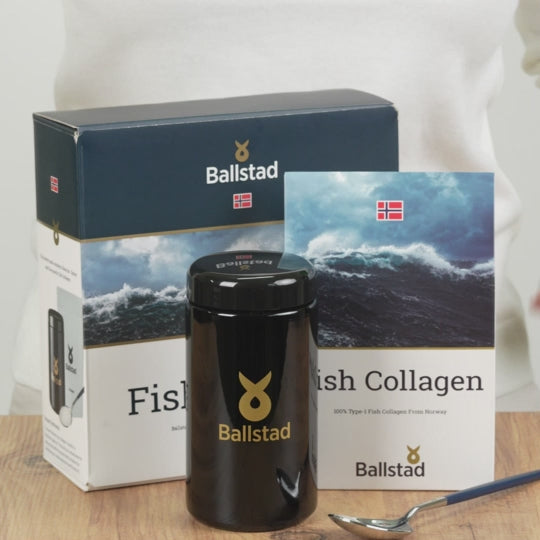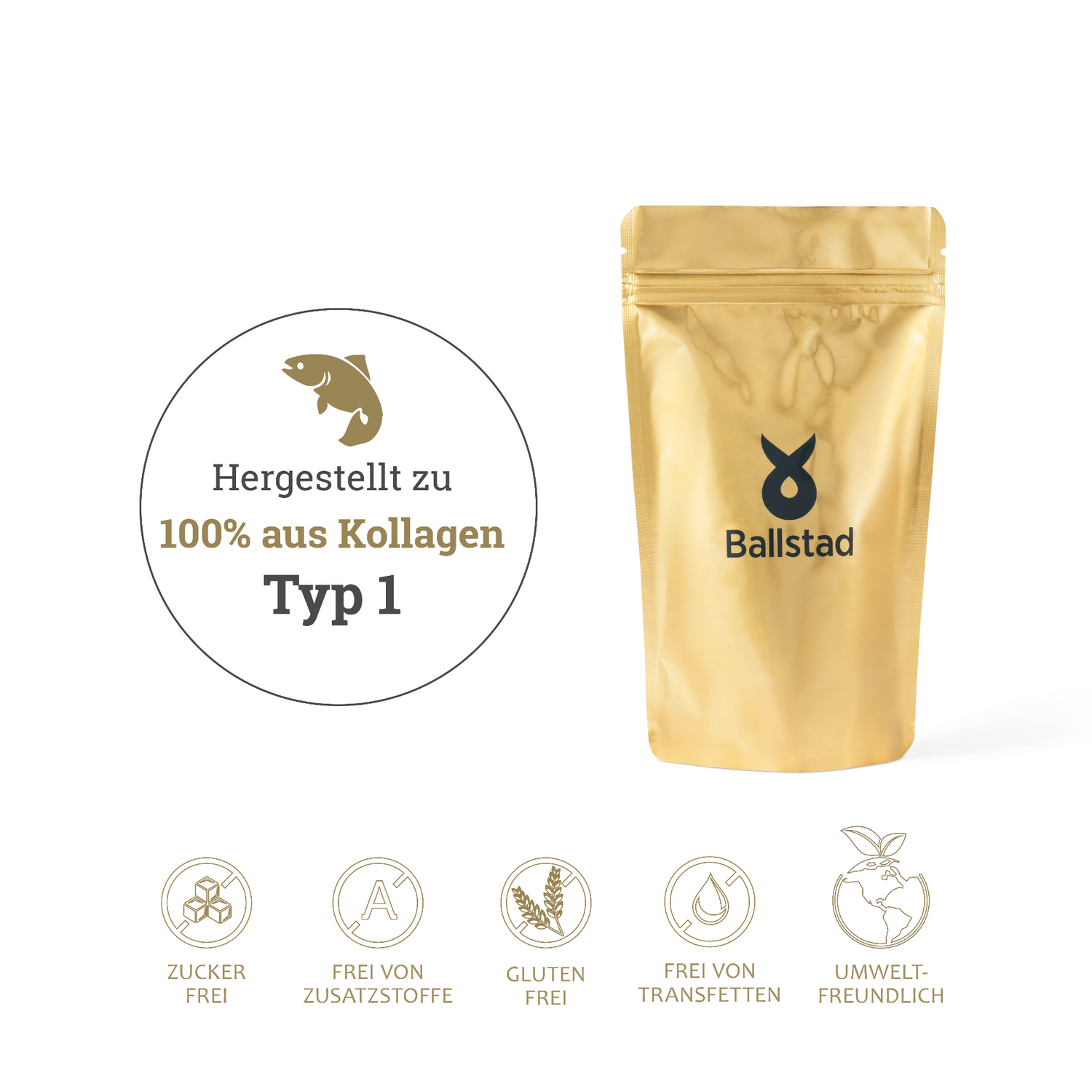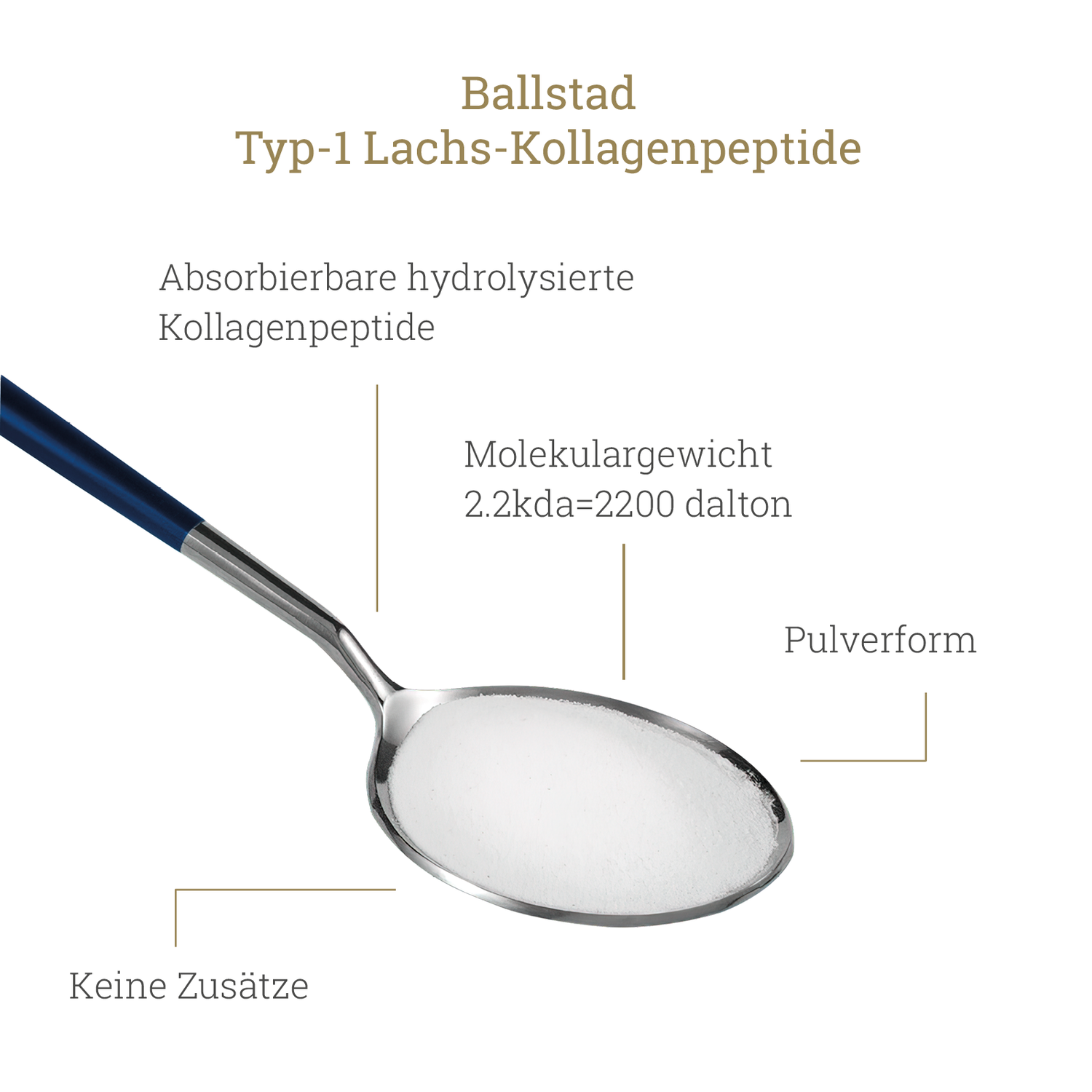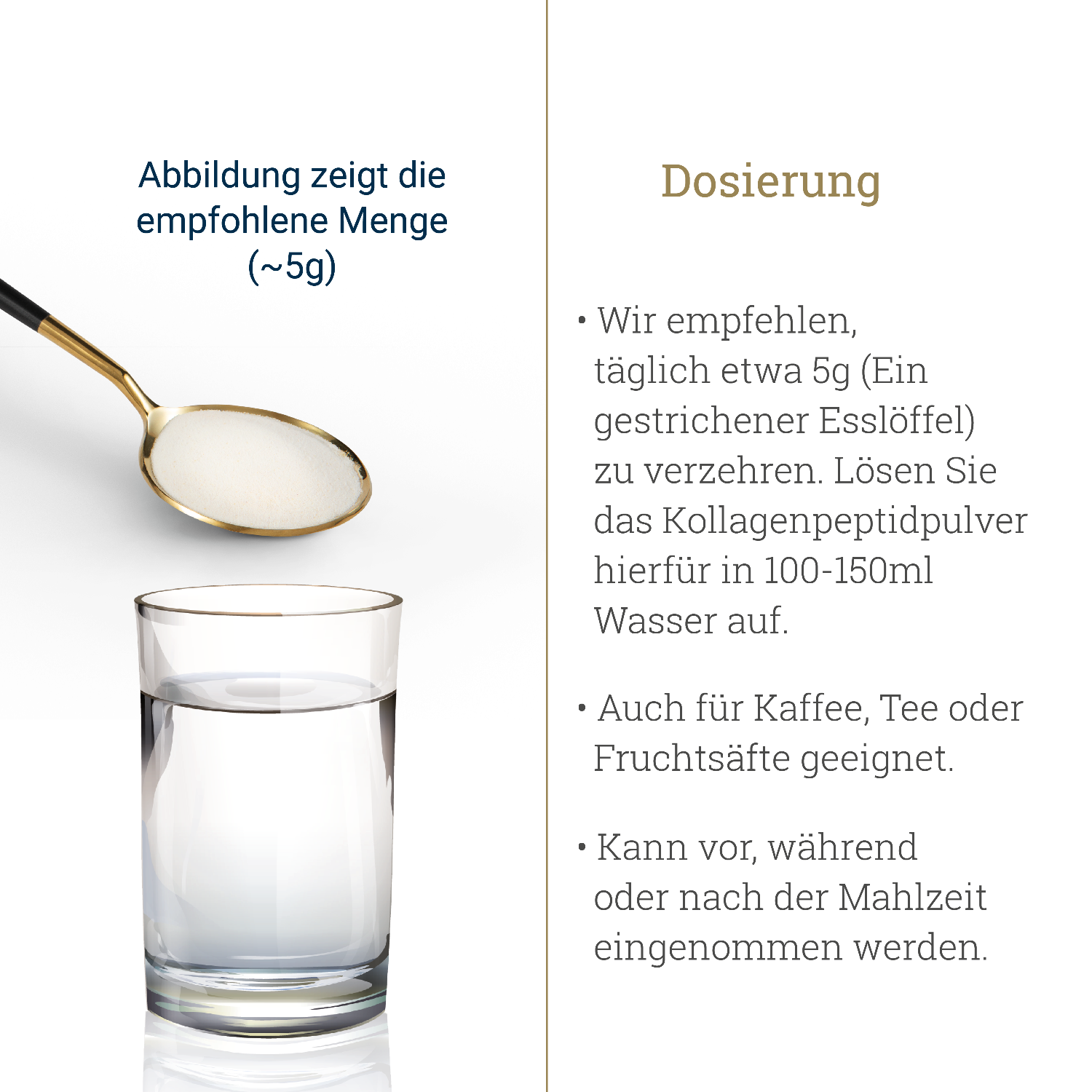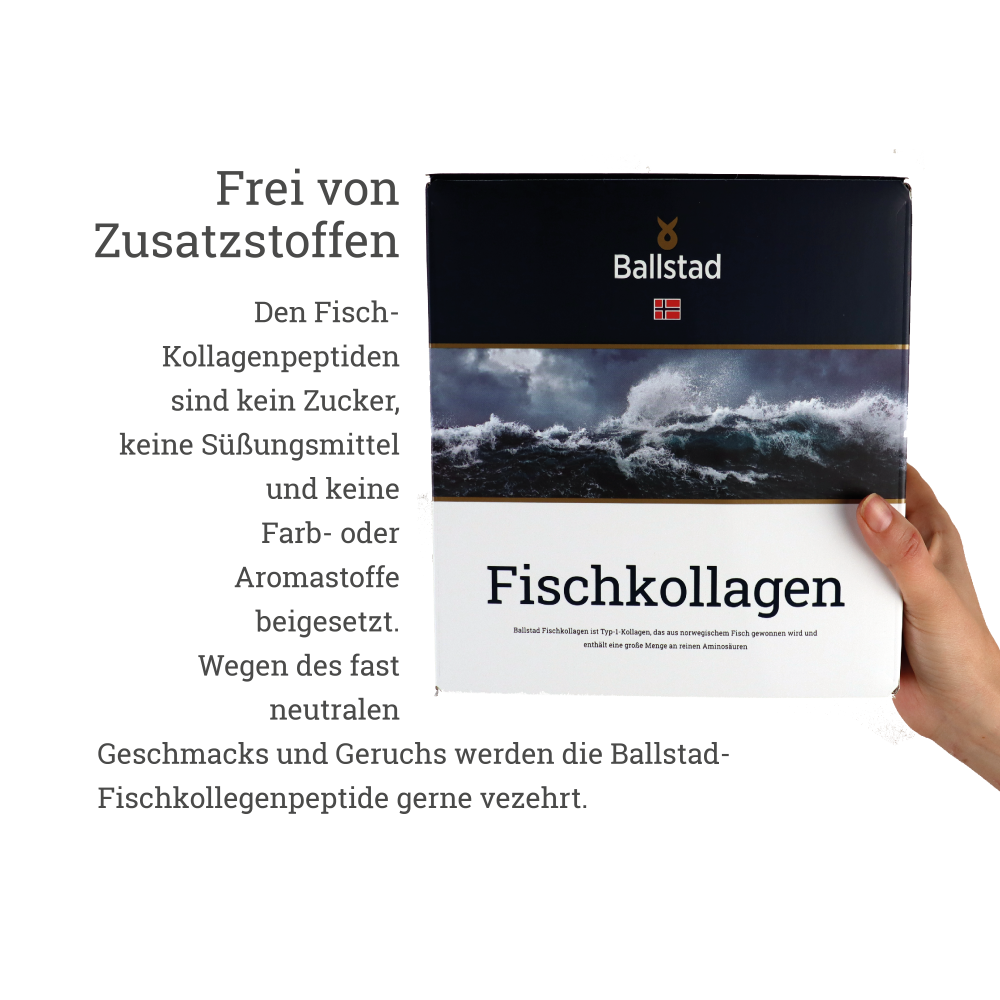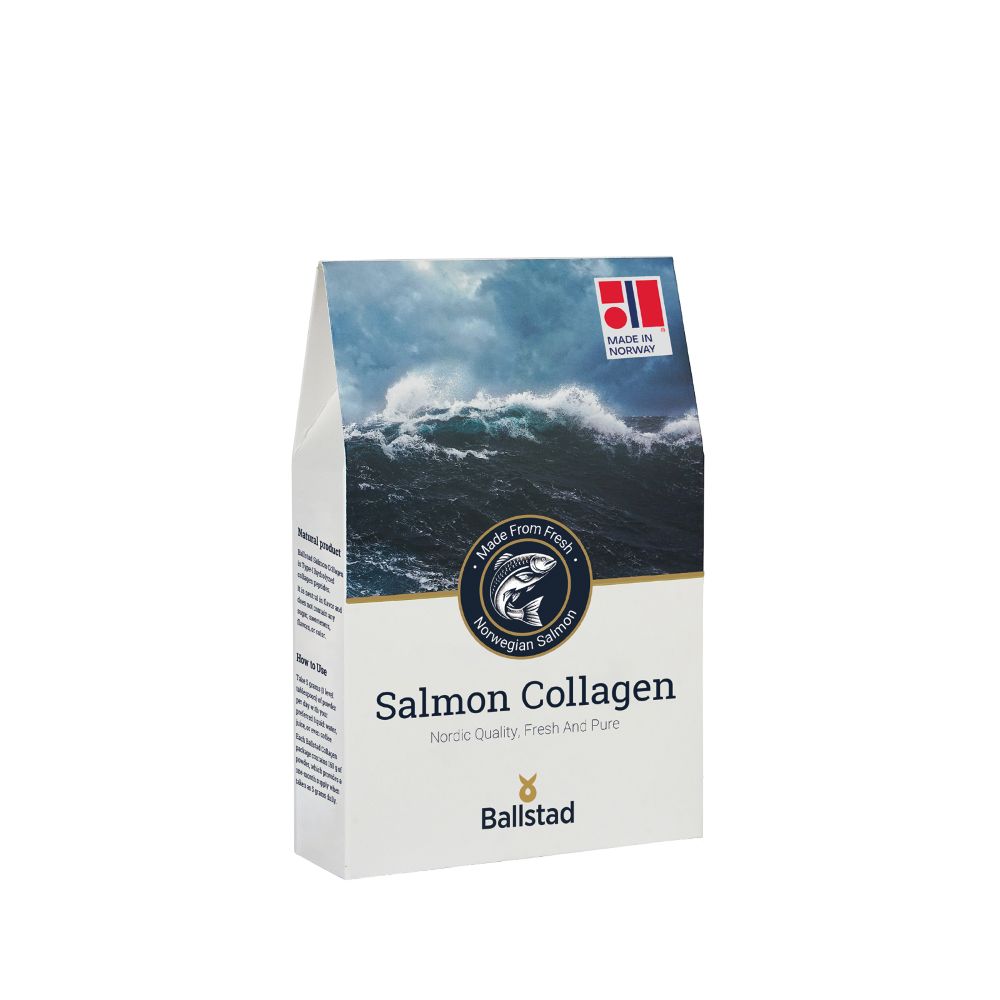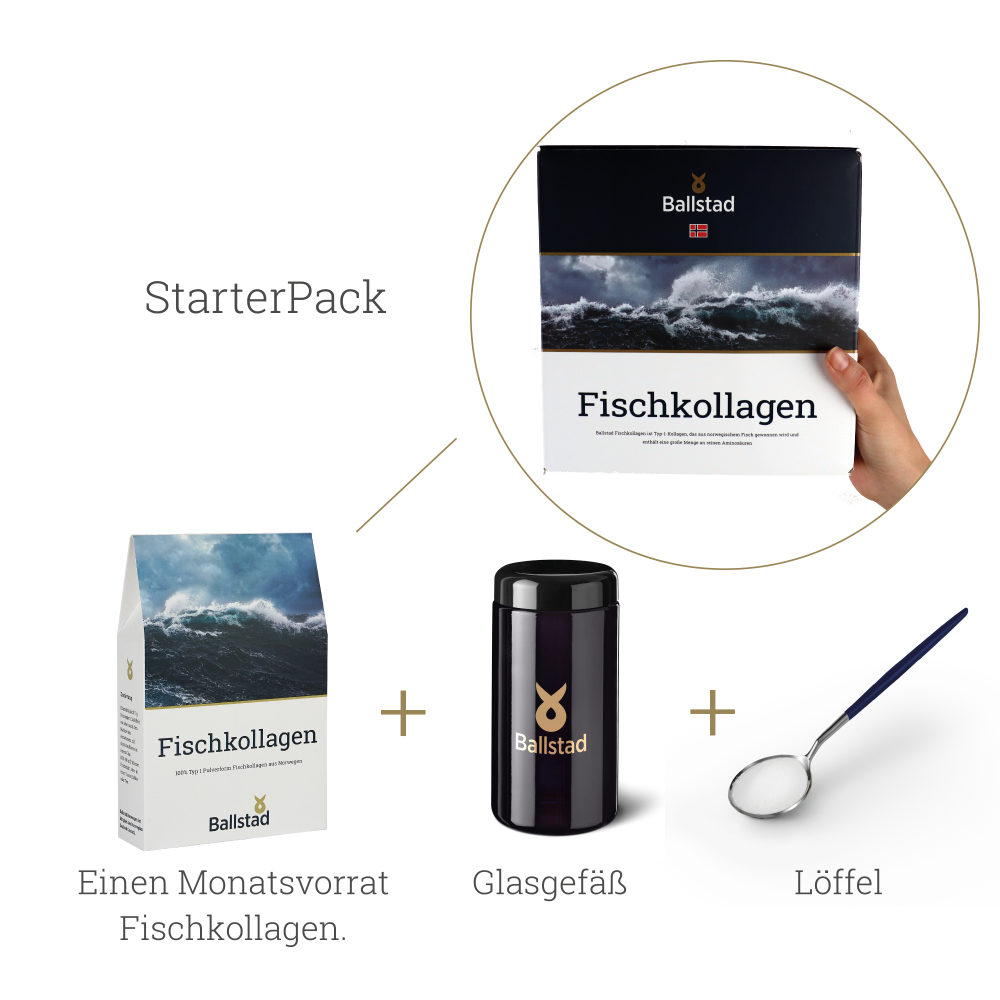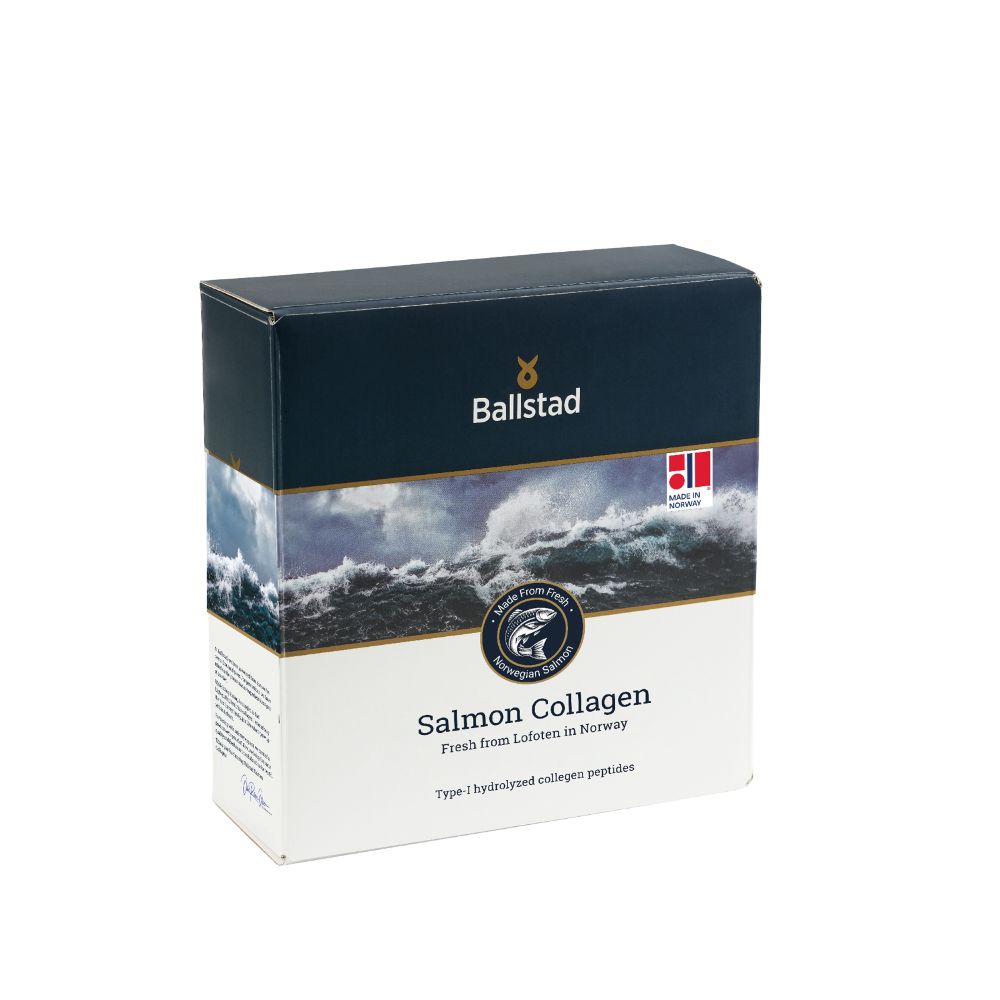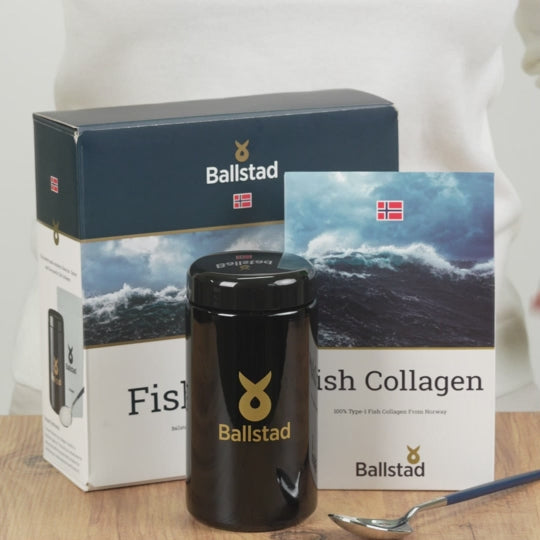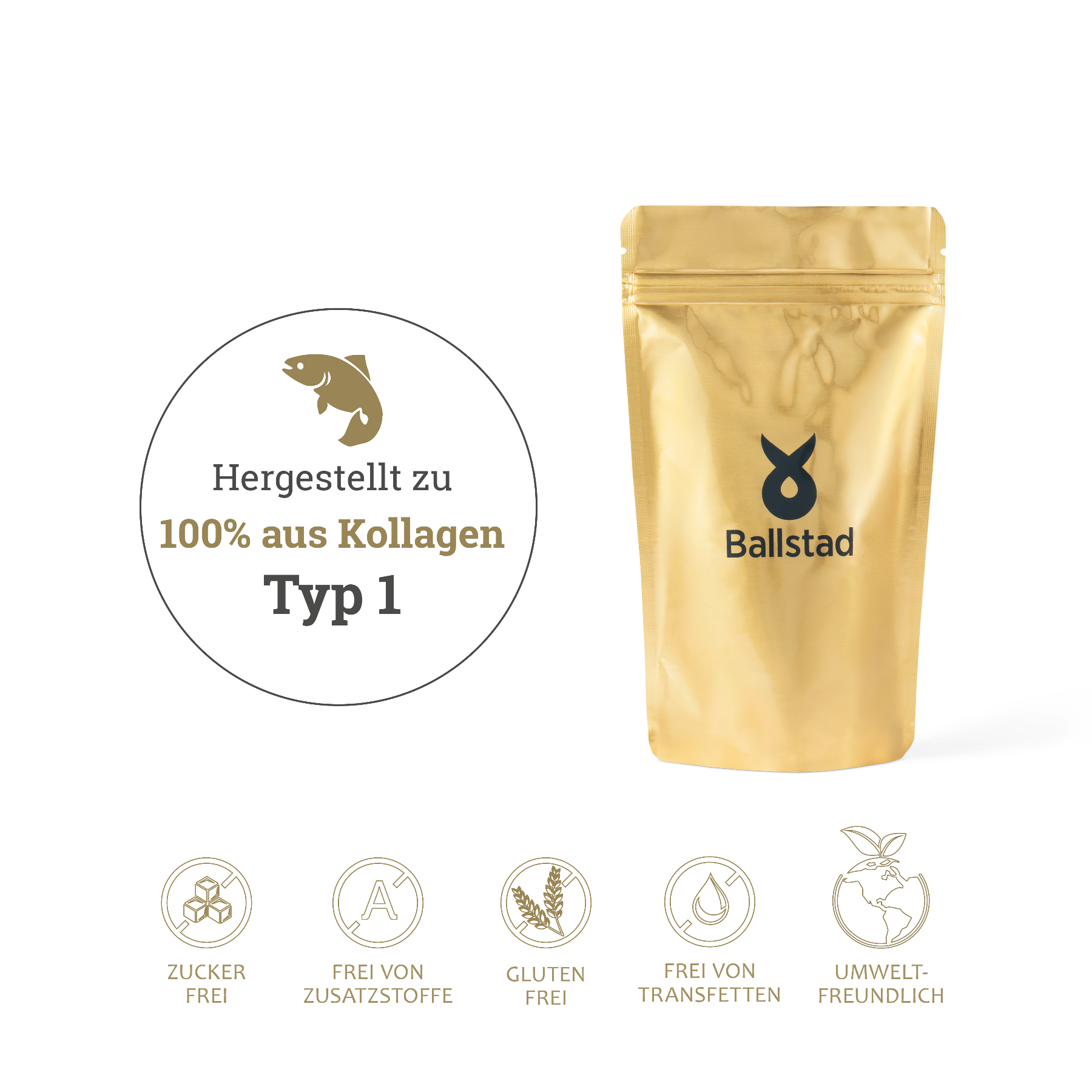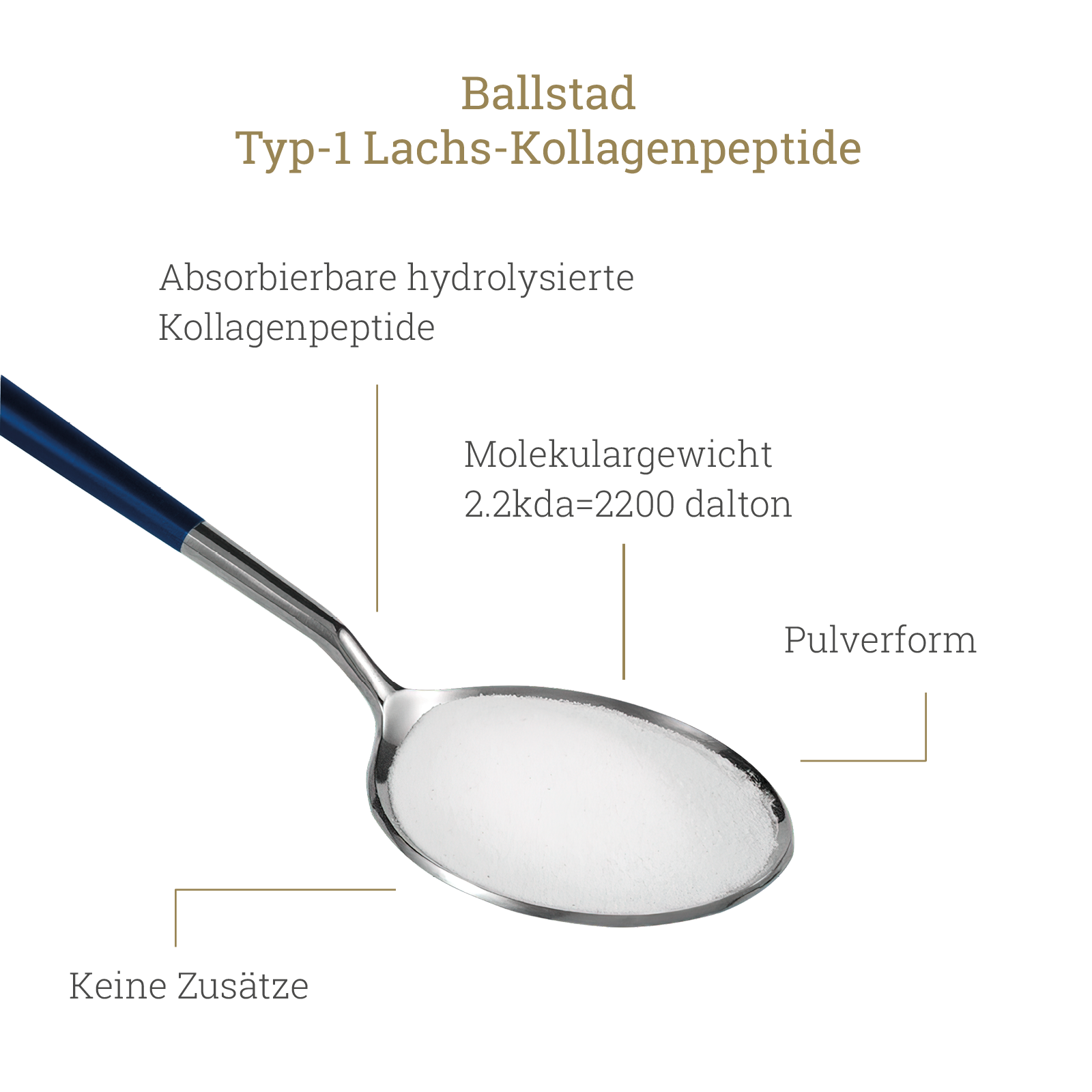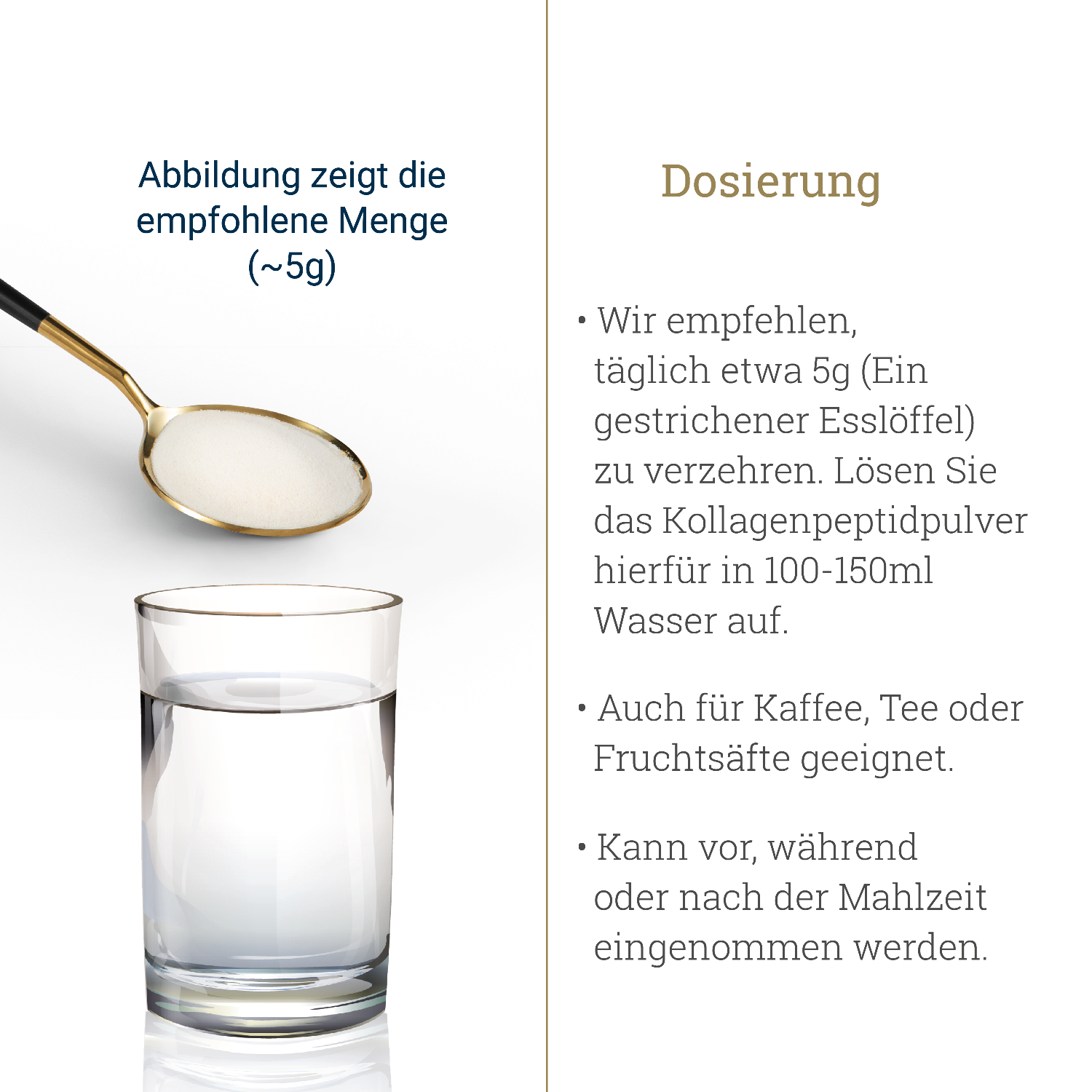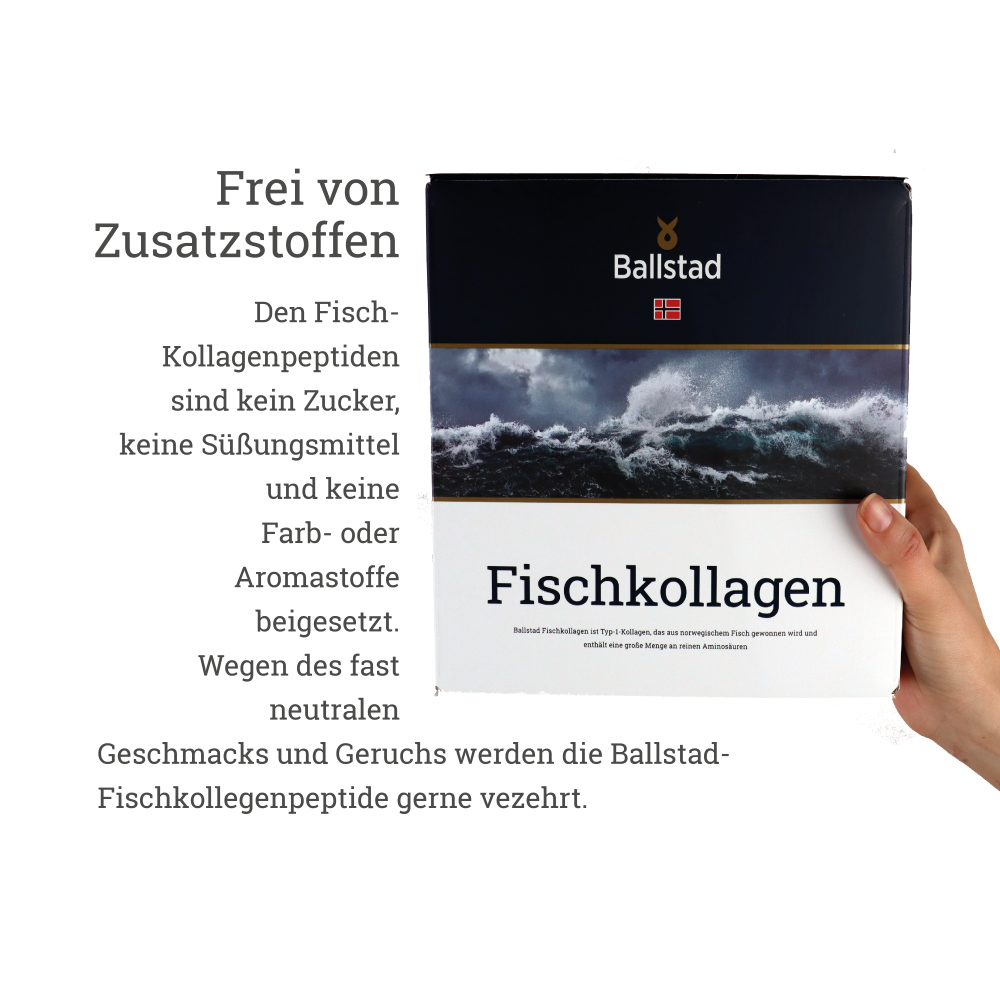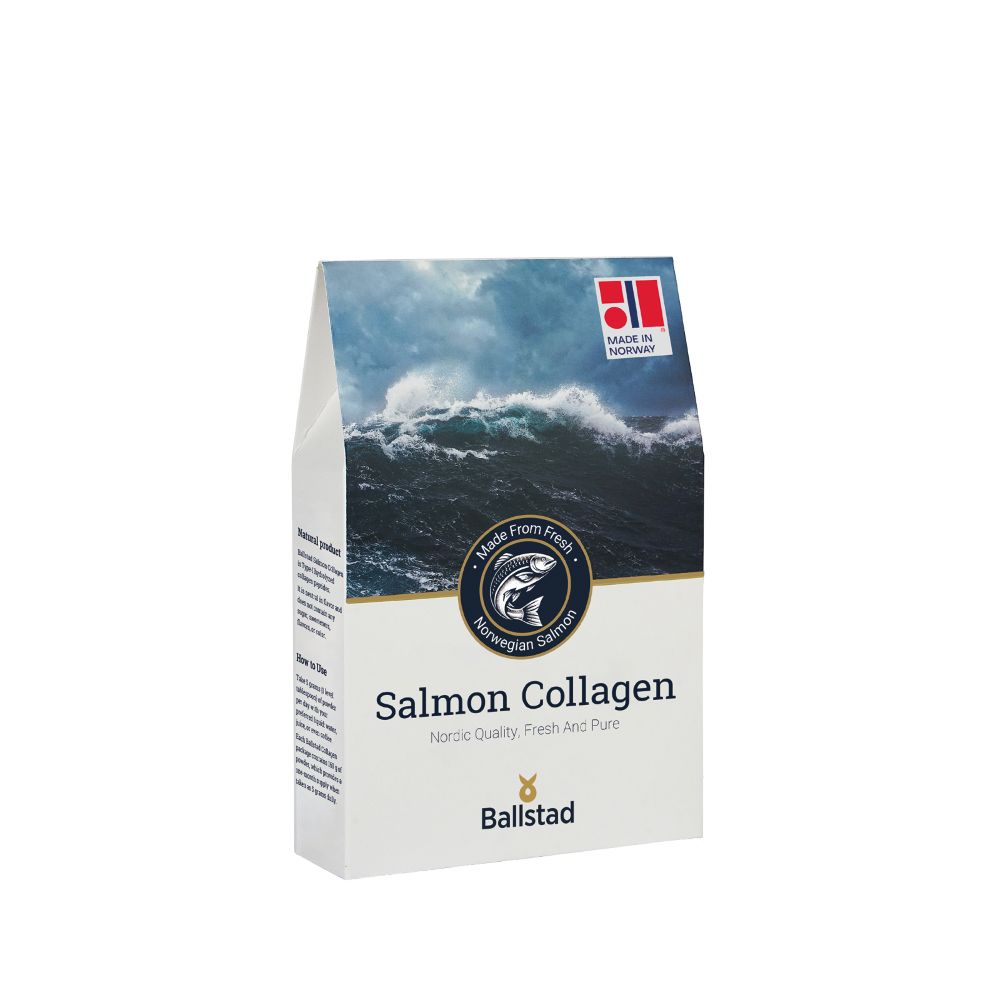More than just a beauty trend
When people talk about collagen , they often think of things like firm skin , flexible joints , or healthy hair . But what is collagen actually?
At its core, it is a protein composed of small building blocks – amino acids . Some of these, such as glycine , proline , and hydroxyproline , play a special role in the body's structure and resistance .
Anyone taking collagen or considering it will benefit from a basic understanding of these amino acids – especially when it comes to marine collagen with high bioavailability.
Collagen starts with amino acids
Amino acids are like puzzle pieces that work together to form proteins. Collagen is particularly rich in amino acids, which are found only in small amounts in many foods.
Therefore, supplementation with collagen peptides , especially from fish collagen , can be a useful addition to a balanced diet.
After ingestion, the body breaks down collagen into amino acids, absorbs them, and uses them to regenerate tissue throughout the body.
The key players: Glycine, Proline and Hydroxyproline
Glycine – versatile and compact
Glycine is the smallest but one of the most important amino acids in collagen. It supports the structure of connective tissue such as skin and joints. It is also used in the body for numerous metabolic processes, including regeneration and antioxidant processes.
Proline & Hydroxyproline – the structural duo
In the body, proline is converted into hydroxyproline , an amino acid found almost exclusively in collagen. Both contribute to stabilizing the typical triple helix structure of collagen—essential for the strength of skin, bones, and tendons.
Other important amino acids in collagen
In addition to the “stars” glycine, proline and hydroxyproline, collagen also contains arginine , glutamine and alanine :
-
Arginine supports metabolism and normal blood circulation.
-
Glutamine contributes to the maintenance of the intestinal mucosa.
-
Alanine is involved in energy metabolism.
This combination makes collagen a unique structural protein that supplies the entire body.
Why marine collagen is particularly well absorbed
Not all collagen is the same. Marine collagen , especially from wild-caught fish , is known for its high bioavailability . This means the body can absorb and utilize the amino acids it contains particularly easily.
Ballstad Salmon Collagen provides Type I collagen in a pure, tasteless form. It can be easily mixed into smoothies, coffee, or water – with no odor or aftertaste.
Conclusion: Small building blocks with a big impact
When you think of collagen, you probably think of amino acids . These tiny building blocks—primarily glycine, proline, and hydroxyproline —give collagen its unique structure.
A high-quality, easily digestible product such as marine collagen can enrich the diet and provide the body with important building blocks for connective tissue, skin, and joints .
Sources
-
Ricard-Blum S. (2011): The Collagen Family – Cold Spring Harbor Perspectives in Biology
-
EFSA Journal: Evaluation of collagen hydrolysate and its role in nutrition
-
BfR (Federal Institute for Risk Assessment): Information on the use of collagen in food supplements
-
Regulation (EC) No 1924/2006: Health Claims on Foods

